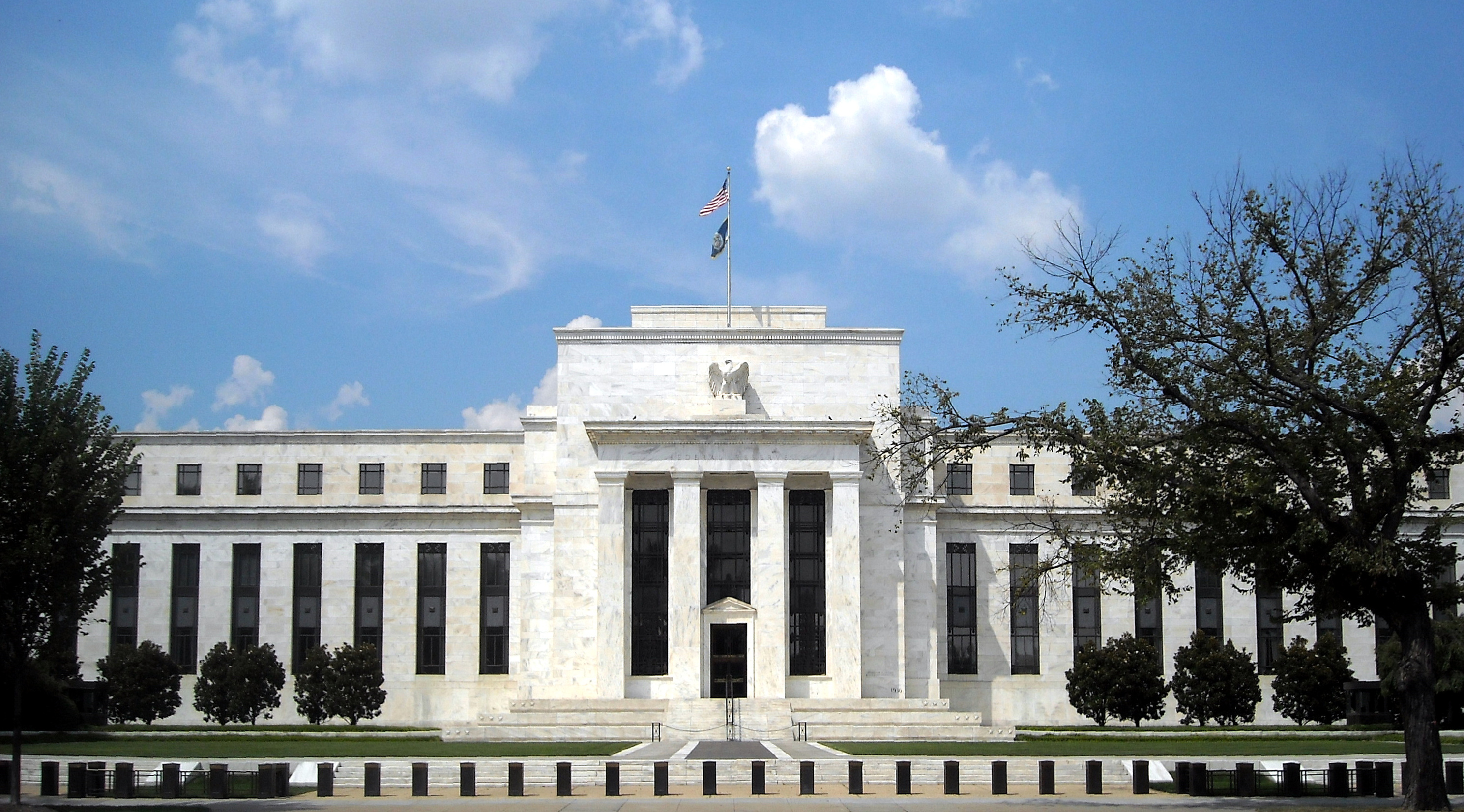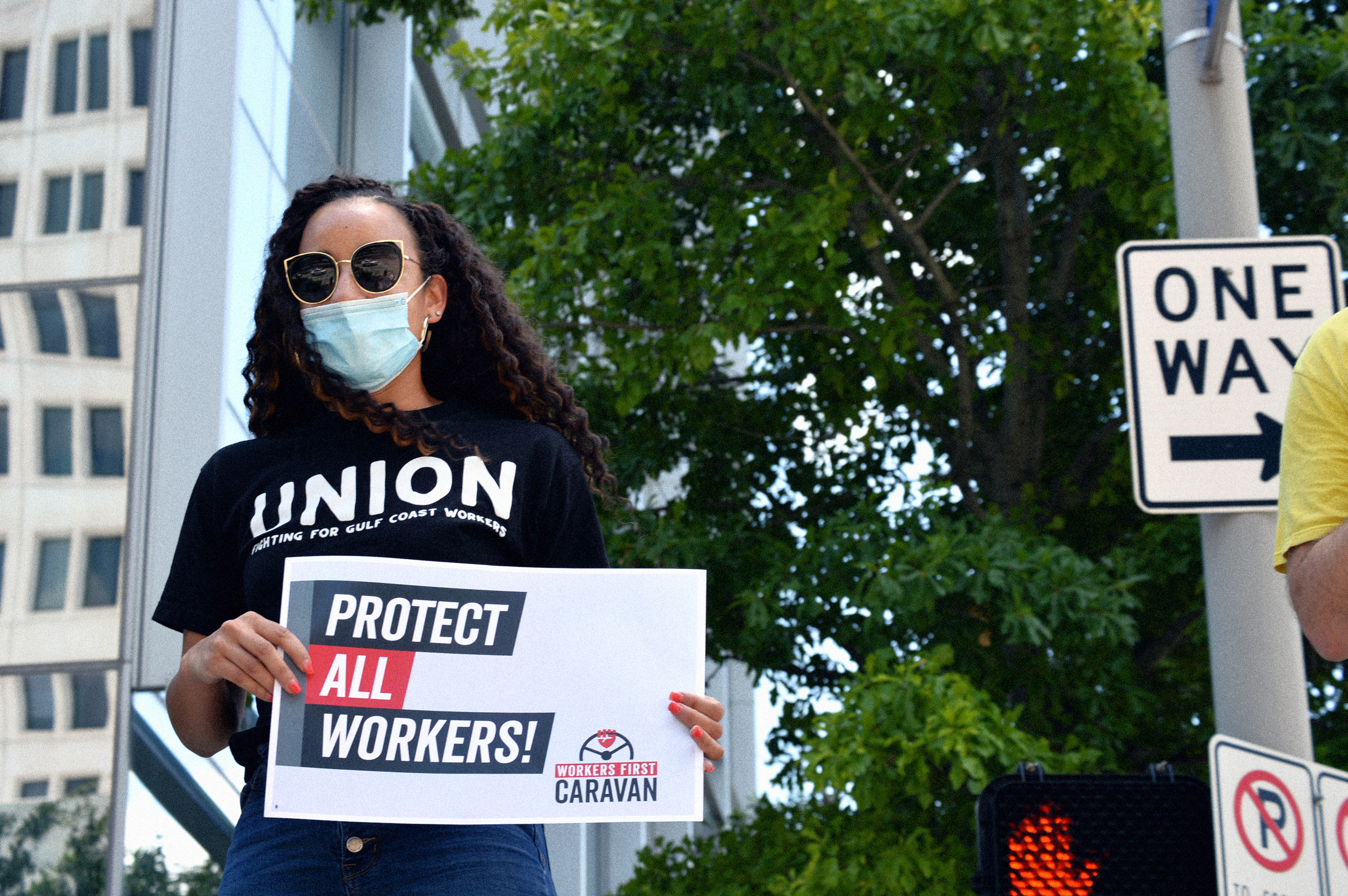
On Friday, the U.S. Bureau of Labor Statistics reported the economy gained 235,000 payroll slots in February and upped its estimates for December and January by another 9,000 jobs. Over the three-month period, that means an average job growth of 209,000 jobs a month. Including the ups and downs, over the past 30 years, the U.S. economy has averaged job growth of about 126,000 jobs a month. So this current rate of growth would suggest a strong labor market. Further, workers who transitioned from being out of the labor force into active job search were 2.3 times more likely to land a job than to be stuck unemployed and looking. And unemployed workers were 1.3 times more likely to find a job than if they were to quit and drop out of the labor force discouraged. Over the year, average wages (not adjusting for inflation) rose 2.8%.
Watchers of the Federal Open Market Committee, the policymaking body of the Federal Reserve Board, are sure the FOMC will stick to its forward guidance and act to raise the fed funds rate; which is their tool for setting the tightness of monetary policy. Raising the rate signals faith in the strength of the recovery by the Fed; a strong sense the economy is nearing both its target for inflation and employment. And, it is likely, given recent statements from several Fed officials that these numbers may convince them that “normal” is just around the corner. But they are wrong.
Raising interest rates is a way to slow the growth of the economy. It is useful to prevent an economy from over-heating and setting price increases on a pace that would be difficult to reign in. If done properly, the Fed can guide the economy to a soft-landing, where it will sit growing at a rate just fast enough to stay at full employment.
Well, the problem is that is where the economy is now. Despite solid job growth over the past year, the unemployment rate has remained flat and annual nominal wage growth has remained steady at around 2.6%. As a simple arithmetic, if the number of jobs created slows, then the unemployment rate will have to rise, and wage growth will slow.
If the near term had great economic certainty, then it might be possible to agree that labor market might show more signs of tightening; rather than its present “goldilocks” state of flat unemployment and wages. But the near term has great economic uncertainty.
First, while wages are beginning to show growth, the share of people employed is still a significant distance from the share employed at the peak of 2007, which was below the peak of 1999. This means that household incomes have not caught up. A large share of the workforce is employed part-time, and while the recovery has seen mostly growth of full-time jobs, household incomes have not gotten back to full employment levels.
Second, a major driver of the real economy is the automobile industry sector. After over-correcting during the depths of the Great Recession and the historic collapse in demand, it has used the financial helping hand then-President Barack Obama lent, to recover and now reach record sales and a growth in employment and investment. But a substantial and rising share of auto loans have been made to African American and Latino communities using subprime lending tools. During the initial stages of the recovery, delinquencies on auto loans declined. But, beginning in 2016, they started to rise. And they continue to rise.
The purchase of new cars has increased the supply of used cars, so the gap between new car prices and used car prices has been rising as the price of used cars is falling. Delinquencies on auto loans began when the Fed began moving from zero interest rates, since the loan rate on automobiles is tied to short-term interest rates. Higher short-term rates will further increase consumers’ costs of buying a new car, increasing the wedge between new and used car prices.
The threat is that if job growth slows, it will first affect the African American and Latino communities, already showing struggles with the onerous terms of the subprime loans. Those communities need more time for the labor market to recover. The best solution for the economy is for their income to pick up pace and out run the debt. Income-led buying leads to healthy sustainable recoveries. Raising interest rates when incomes lead the recovery simply slow the pace of buying and encourage savings rather than spending. The worse solution is to have the debt out run their income. If delinquencies increase more, the auto market will get a greater flood of used cars, driving the price of used cars down further and increasing the gap in price between used and new cars.
Over the past six months, in fact, lending activity has become more stringent for new borrowers in the auto sector and for small business. Such a credit tightening is normally associated with an economic downturn; not a healthy growing recovery about to overheat. Higher short-term rates will only exacerbate that problem.
The problem is clear, at some point the new car market will go into recession; which means the auto industry will be in recession; which means the economy will be in recession.
Third, compounding the near term uncertainty, is the war that President Donald Trump has declared on the immigrant community. Fear and uncertainty are high in communities where many workers and family members are undocumented. These workers are fully integrated into our communities. They are wives, husbands and parents of legal residents and American citizens. These households live under a cloud. Fearing deportation, or legal fees to protect loved ones, millions of households are unlikely to buy new cars, or may be deciding to horde cash and stop making payments on cars that have been purchased. This is an uncertainty with a magnitude we have never faced, and therefore is too great a threat to ignore.
Fourth, the increase in people with health insurance because of the Affordable Care Act has meant job growth in the health sector at a faster rate than the rest of the economy. The current proposals of the Republican Congress to repeal the Affordable Care Act all will lead to a decrease in the number of Americans with health insurance. For this reason, the major hospital associations and the American Medical Association oppose the Republican plan. The threat to this market will have real repercussions on job growth in the one high-wage sector with fast job growth. And the wind down of federal Medicaid support to those states that extended health coverage using Medicaid will cause huge ripple effects on state budgets, which have not fully recovered from the drastic loss of revenues during the Great Recession. This will mean further pressures on recovering state investment in public colleges and universities.
Finally, the proposed budget cuts put forth by the Trump administration would gut public investment in education, housing and the environment. The austerity that has been proposed will cut federal jobs. And, just when the Medicaid cuts are going to hurt state budgets and so put more pressure to raise tuition at public two- and four-year colleges, the Trump administration is proposing cuts to Pell Grants and returning the student loan market to the more expansive private sector.
Thoughts that huge tax cuts to high-income households will offset a downturn in automobile sales, further disruption in the rising costs of college tuition or a dismantling of the health sector are irrational. We have lived through big tax cuts to the wealthy under former President George W. Bush. They were insufficient to pull the economy out of the 2001 downturn in any timely fashion; and, he had the help of low interest rates, a federal deficit swelled by tax cuts and war time expansion of military budgets, as well as a relatively healthy state unemployed insurance system. The current unemployment insurance system is greatly weakened and cannot provide the automatic stabilizer so vital to dampening a recession.
These all point to a real danger that the Fed may be a great threat to what is a more fragile economy than appears at the moment. The drive to be “normal” in a world that is clearly not normal, may put us in danger of a downturn that will be difficult to recover from given the instability shown in the White House.


